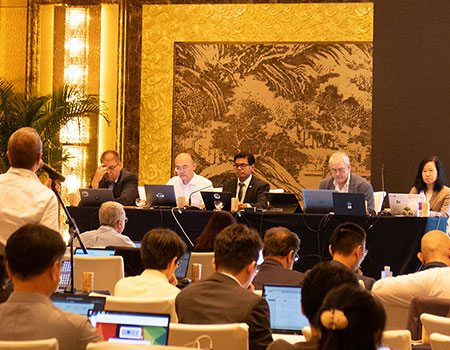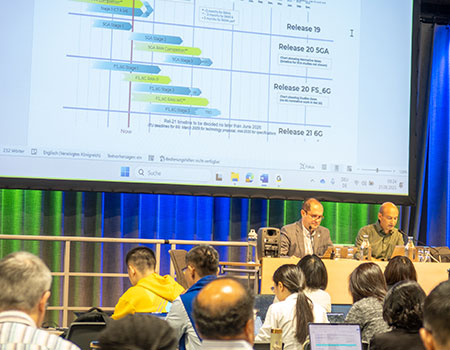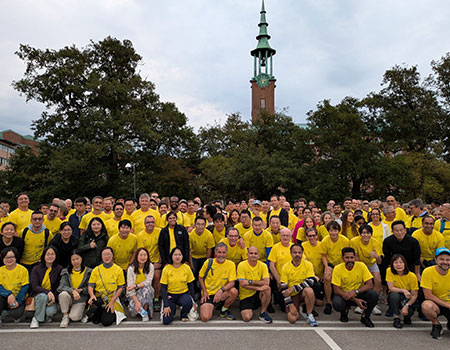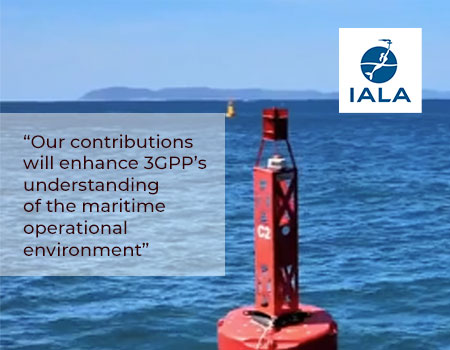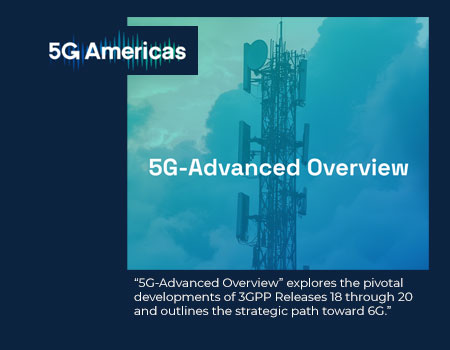5G for Control Applications in Vertical Domains
March 7, 2019
By Michael Bahr, Siemens AG, 3GPP 'cyberCAV' Rapporteur
3GPP Working Group SA1 has recently concluded its work on 5G service requirements for cyber-physical control applications in vertical domains (cyberCAV) with the approval of Technical Specification (TS) 22.104 - preparing the way for more detailed work in 3GPP Release 16.
cyberCAV efforts in SA1 are focusing on cyber-physical control applications in various vertical domains, especially in industrial automation and energy automation. 5G ultra-reliable ultra-low-latency communication (URLLC) is needed for sharing real-time information, for example, between machines at various steps in a production cycle.
TS 22.104 also contains the service requirements, such as on clock synchronization for time-sensitive networking, for cyberCAV using LAN-type services.
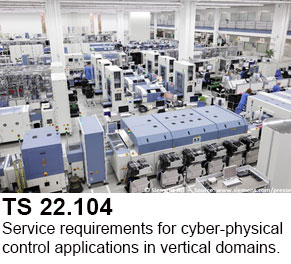 Broader cyberCAV requirements are included in TS 22.261 – “Service requirements for the 5G system”. This specification contains the 5G requirements for security, non-public 5G networks, network capability exposure, QoS monitoring, and Ethernet transport. Section 6.28 of TS 22.261 provides a useful description of the cyberCAV area:
Broader cyberCAV requirements are included in TS 22.261 – “Service requirements for the 5G system”. This specification contains the 5G requirements for security, non-public 5G networks, network capability exposure, QoS monitoring, and Ethernet transport. Section 6.28 of TS 22.261 provides a useful description of the cyberCAV area:
- A vertical domain is a particular industry or group of enterprises in which similar products or services are developed, produced, and provided.
- Automation refers to the control of processes, devices, or systems in vertical domains by automatic means with sensors, transmitters, controllers, and actuators.
- Cyber-physical control applications are to be understood as applications that control physical processes. In automation, they follow certain activity patterns (open-loop control, closed-loop control, sequence control, and batch control).
- Communication services supporting cyber-physical control applications need to be ultra-reliable, dependable with a high communication service availability, and often require low or (in some cases) very low end-to-end latency.
The 5G specifications on cyberCAV are set to be an important enabler for 5G communication in industrial and energy automation and other vertical domains.
Further reading:
- TS 22.104 - Service requirements for cyber-physical control applications in vertical domains.
- TS 22.261 - Service requirements for the 5G system.
The Stage 1 work on cyberCAV in TS 22.104 is based on technical reports TR 22.804 (Study on Communication for Automation in Vertical Domains) and TR 22.821 (Feasibility Study on LAN Support in 5G). Both technical reports contain background information on the cyberCAV requirements, including an extensive collection of relevant use cases.
Stage 2/3 work on cyberCAV functionality has now started. It will define corresponding extensions of the 5G architecture, 5G features and functionalities.
Contact for this article: Kevin FLYNN, Marketing and Communications Officer, 3GPP

 3GPP News
3GPP News